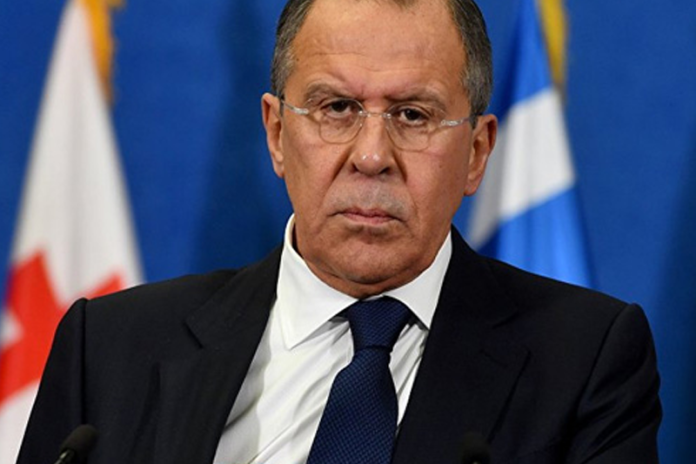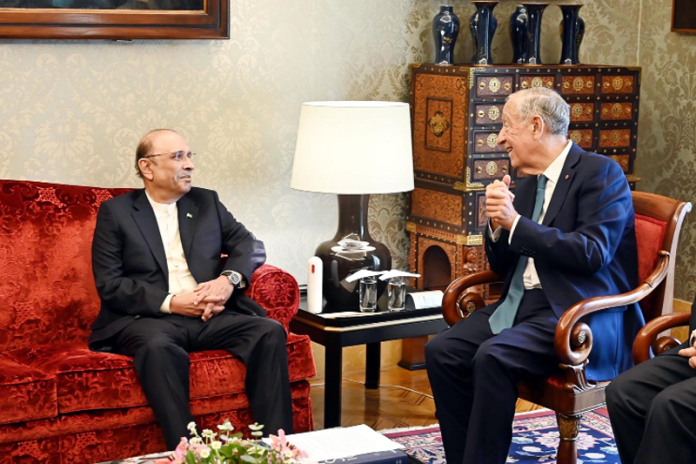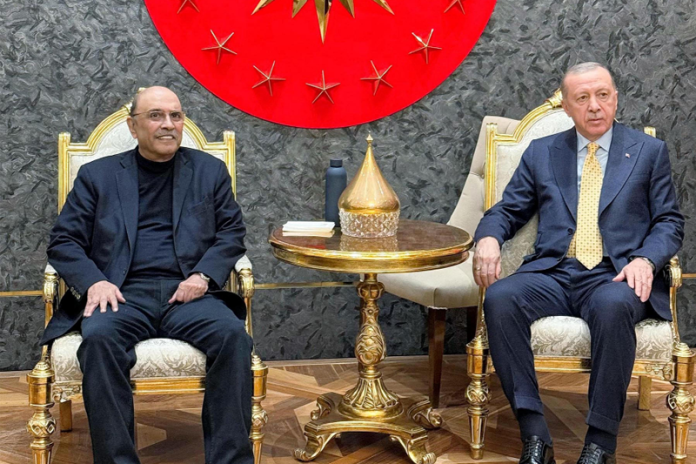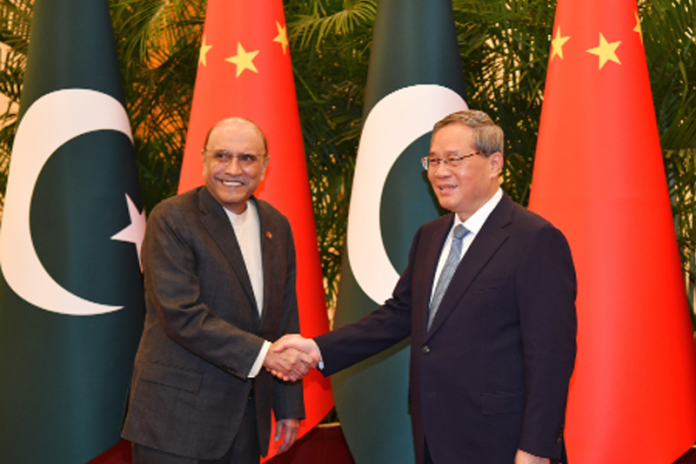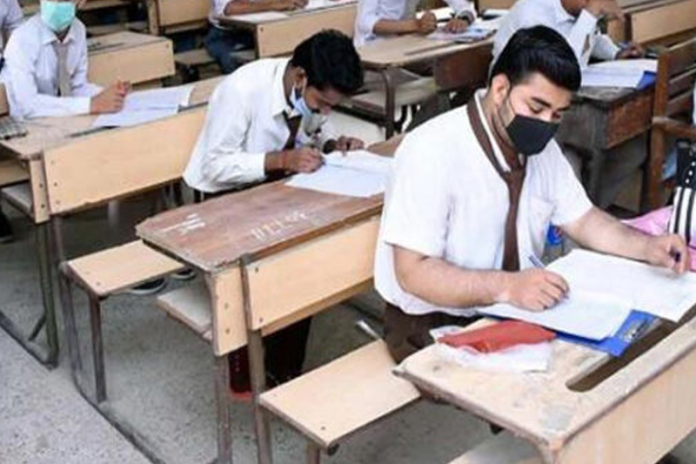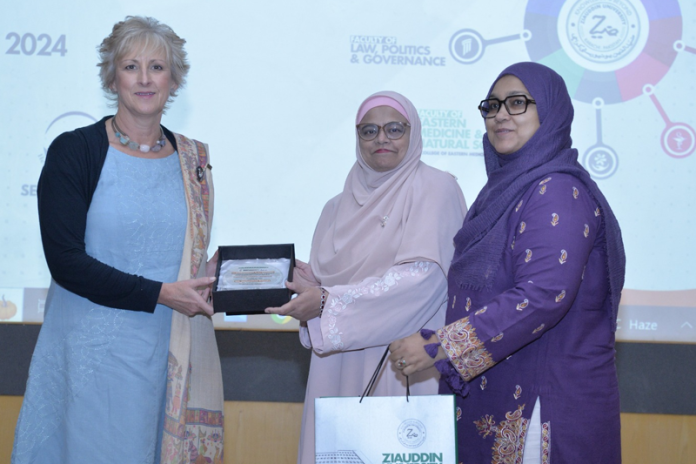The game-changer power project of Sindh

- 303
- 0
With the huge and abnormal increase of as much as 46.77 per cent in prices of electricity which came into effect from July 1, it has become definite that the situation is becoming dire for the majority of the electricity consumers, who are going to be impacted badly by this substantial rise.
On the one hand, the power resources are shrinking while at the same time the demand for power utilitis is on the rise. Power tariff has already reached Rs24.8 per unit as not only basic power tariff has been increased by Rs3.50 per unit, but in August, further Rs3.50 per unit will be added to it. The government announced the jacking up of power prices because it had to meet the IMF conditionality which were to be met with for securing the IMF grant without which the country would be unable to pay back the international loan installments due this year.
It may be mentioned her that there is already a high tax rate on the electricity bills at around 22pc and after the addition of this tax rate, the power prices will be further up the per-unit cost by another Rs5.46, which means that practically, the domestic consumers will have to pay Rs30.28 per unit which is catastrophic in nature, and can result in social anarchy as it will badly impact the middle and lower middle class. Same is the case with the gas prices, which are also on the high side. In this back drop, the search and shifting to alternative power resources which are indigenous in nature, is a welcome augury.
Thar Coal Project is one such plan to switch over to cheap and individual sources of energy and it must be commended and utilized in real sense of the word as it can prove to a be game-changer for the uplift of the country which is reeling under extreme shortage of power resources.
On Monday last, the Prime Minister Shehbaz Sharif inaugurated the commercial operations of Phase-II of Sindh Engro Coal Mining Company (SECMC) at Thar Coal Project and one would commend it as it is aimed at cheaper and low cost generation which is need of the hour.
According to financial experts, the Thar Coal Project is something that be reckon with as it can definitely help the nation save up to huge $6 billion as our import bill is going out of proportion and the spending on the petrol and other POL products, had reached $24bn which is a big burden on the national exchequor. The PM also announced his plans regarding holding a detailed meeting of stakeholders on Thar coal mines in coming week to shed light on the modalities and future formalities. In fact time has come that both the federal government, in collaboration with the Sindh government, should devise a joint policy framework on the Thar coal mines project so that this game-changer project can benefit the entire country and for that the main objective should be to connect it with other coal-powered plants across the country.
It is good to see that the electricity produced through is a feasible option as electricity production at these coal powered plants will be provided at the affordable rate of Rs10 per unit. The project is also a good omen for the entire Thar region which is mostly known for malnutrition, and high infant and maternal mortality rates, but with this mega project, the area people are destined to have a quality life as it is providing jobs to a large chuck of Tharis. As a matter of fact, Thar desert has been witnessing a steady and rapid development after former prime minister Shaheed Mohtarma Benazir Bhutto first visited the area in 1996 and envisioned a prosperity plan for the Tharis.
One would also commend the Sindh government for providing special attention to this project which is part of provincial government public-private partnership projects. One would agree with the Sindh CM Murad Ali Shah, who has described Sindh as the "energy basket of Pakistan", having huge natural energy resources, including solar and wind energy.
On the other hand, the economists say that Pakistan will have to look into alternative sources of energy like the Solar and wind power which are not only cheaper but also available in abundance. A recent report by the World Bank says that there is an urgent need for expanding the Solar and wind power in Pakistan at least by 30 percent of energy consumption in the country to overcome the energy woes.
Another report said that Pakistan can easily secure around twenty per cent of total power consumption from solar energy, wind and other renewable resources of energy and for that it will have to focus on the on existing substations forthwith as there is an urgent need for doing so.
It is welcome to note that already a good number of power consumers are shifting to solar energy to overcome the rising budgets and also to avoid the long spells of load shedding, especially in summer when the scorching sun is upon us. In a nutshell, it has become necessary to focus on renewable energy resources to avoid the impeding catastrophe due to the electricity prices which are going to have a multi-pronged impact on the lives of consumers including the shopkeepers, business persons as also the domestic consumers. On the other hand, solar energy is also environment-friendly and in the awake of climate change effects on Pakistani which is among the ten most vulnerable countries in this regard, the government must ensure strategy to attract consumers to renewable energy resources which are comparatively cheaper sources of energy.
One reason for the energy crisis is cited to be the failure of successive governments to improve the bill recovery system due to which the sectoral losses could not be controlled and resulted in high electricity prices. In post pandemic scenario, fuel prices have sky-rocketed in the international market supply due to which we pay a high import bill which is a burden on our national exchequer.
But since the solar energy prices are cheaper as compared to electricity, gas or oil, it the most viable option to switch over this system for the sake of our future. It may be mentioned here that currently we mainly depend on hydel and thermal power for electricity production and the share of solar and other renewable resources in power production is only three and half per cent which needs to be increased rapidly.
Published in The Daily National Courier, October, 12 2022
Like Business on Facebook, follow @DailyNCourier on Twitter to stay informed and join in the conversation.








